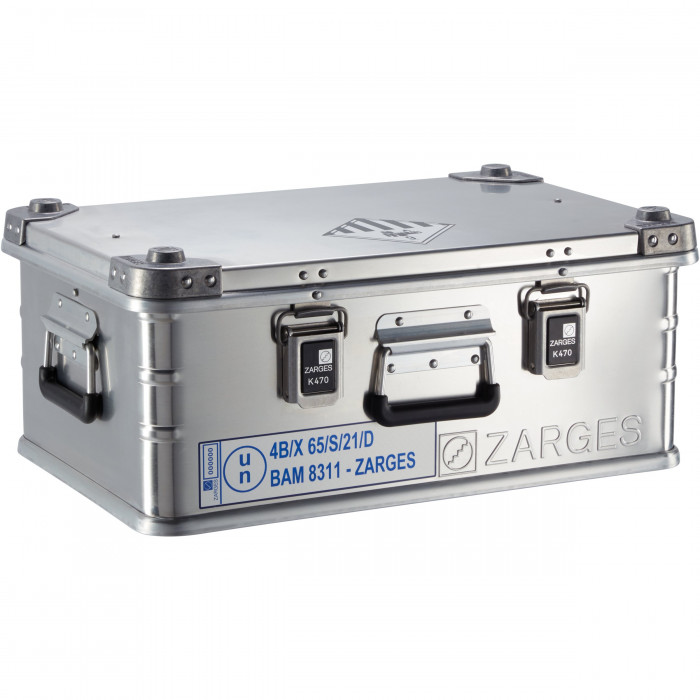
Lithium-ion battery technology has become increasingly better with time, and so has the frequency of its use. Compared to the traditional battery technology, lithium-ion batteries charge faster and generally last longer, making them an ideal alternative solution to powering items such as cars, e-bikes, renewable energy storage systems, power tools, and electrical garden appliances. However, when it comes to transporting lithium-ion batteries, they are considered hazardous goods and are subject to strict legal transportation requirements. These requirements differ depending on the goods and the method of transport.
There are 4 different classifications, This will determine what packaging certification the aluminium case you use to transport your item needs to have. To help identify what regulations you need to follow you first need to identify which identification description the item you want to transport falls under.
2. UN 3091 — lithium metal batteries contained in equipment, or lithium metal batteries packed with equipment (including lithium alloy batteries)
3. UN 3480 — lithium-ion batteries (including lithium-ion polymer batteries)
4. UN 3481 — lithium-ion batteries contained in equipment, or lithium-ion batteries packed with equipment (including lithium-ion polymer batteries)
Lithium-ion batteries are classed as a hazardous material and therefore transporting lithium-ion batteries falls under the UN regulation class 9-Miscellaneous Hazard Classification.
This means that the class 9 label needs to be securely applied to the outside of the case, In addition to, the appropriate identification classification label. Furthermore, The size of the battery must also be indicated on the label. Lithium-ion batteries are sized by power rating in Watt-hours (Wh) per cell and Watt-hours per battery. This information can normally be found on the battery itself.
The packaging requirements are dependent on the product that is being shipping, where it’s being shipped to, and the mode of transport used and as a result, each mode of transport has its own regulations.
Road — the Agreement Concerning the International Carriage of Dangerous Goods by Road (ADR)
Rail — the International Carriage of Dangerous Goods by Rail (RID)
Air — the International Civil Aviation Organization (ICAO) Technical Instructions (TI) for the Safe Transport of Dangerous Goods by Air and the International Air Transport Association (IATA) Dangerous Goods Regulations (DGR)
Sea — the International Maritime Dangerous Goods Code (IMDG Code)
Inland waterways — the European Agreement Concerning the International Carriage of Dangerous Goods by Inland Waterways (ADN).
The relevant packing instruction must be followed in full when transporting lithium batteries. And packaging must conform to packing group II unless the battery is damaged or defective. In that instance, packaging must be the packing group I, and approval may be required.
ZARGES has decades of experience in providing reliable and safe solutions when transporting hazardous goods such as lithium-ion batteries. With an in-house testing laboratory, approved by the Federal Institute for Material Research (BAM, Berlin), ZARGES containers such as the K 470 universal Aluminium battery box & K 470 Aluminium Battery Box are tested using state-of-the-art technology to ensure compliance with the relevant safety standard.
Zarges have a range of Aluminium cases suitable for a variety of applications. View our full range HERE
Back